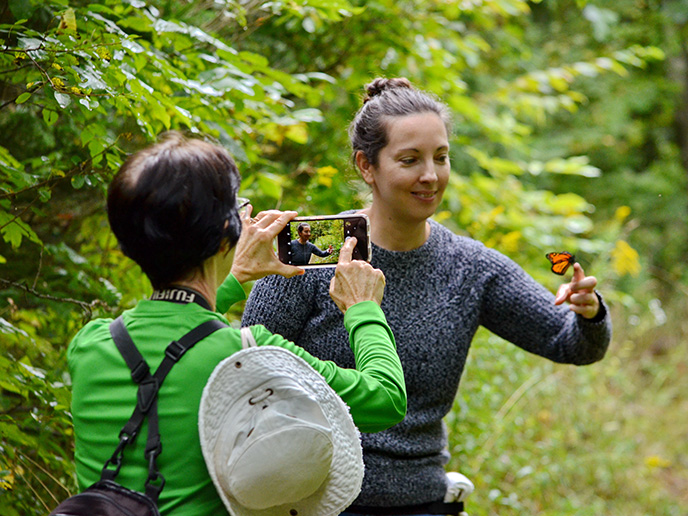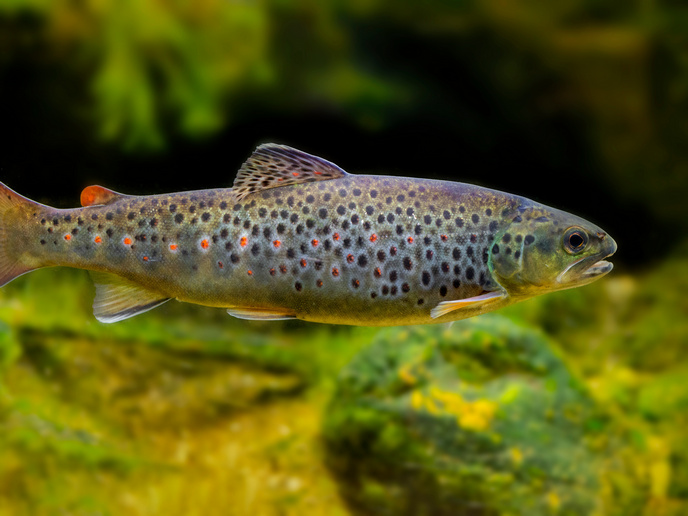Investigating how birds adapt to urbanisation
There is growing evidence that some bird species must adjust their behaviours to remain in urban habitats. While it is known they can change diet, nesting sites or the frequency of calls and songs to counteract noise, exactly how they do this remains unclear. The Marie Skłodowska-Curie Actions(opens in new window) supported the urbanbird project and investigated adaptive bird behaviours in urban and rural bird populations, concentrating on house sparrows whose population has been declining over recent decades. As the researchers used urbanisation data from across the Netherlands, they were also able to investigate the long-term consequences for populations nationally. “When we had to fit our bird observations around an inquisitive cat, we knew this wasn’t a standard data collecting exercise,” says project coordinator Lyanne Brouwer(opens in new window) from Radboud University(opens in new window), the Netherlands, which hosted the project.
Behavioural plasticity
Urbanbird decided to focus on the house sparrow(opens in new window) as it occupies habitats ranging from heavily built-up city centres to small, isolated farms in rural environments. As a social species, it also lends itself to adaptive behaviour investigation. As part of the BSc course in Animal Ecology at Radboud University, the team focused on the effect of urbanisation on cooperation and competition by observing bird behaviour at feeding tables in both urban and rural areas. “Preliminary results show that urban house sparrows are less efficient foragers compared to their rural counterparts, spending more time scanning their surroundings, very likely looking for danger,” adds Brouwer. The team also took advantage of an ongoing Dutch Centre for Avian Migration and Demography(opens in new window) citizen science project where volunteers catch, ring and measure birds. The volunteers set up mist nets in their gardens twice a month to catch birds, which all received a uniquely numbered metal band for later identification. As the house sparrows were colour-ringed, they could be recognised using binoculars. The team fed their capture-recapture data into models to calculate the probability of an animal’s survival from one year to the next, adjusting for the probability of it being captured or recaptured in the first place. “Results show that bird survival in response to urbanisation varied among species. Only the house sparrow benefited. As one of the world’s most common urban birds and the only omnivorous species in our dataset, this supported the hypothesis that generalist eaters, as opposed to specialists, can thrive in the city,” explains Brouwer. As urbanisation may result in variations in body mass and individual size, these factors were also measured. Results showed that some species did have relatively lower body weight in more urban areas, but size was not commensurate with degree of urbanisation. It is hypothesised that highly predictable urban food sources make birds less dependent on fat reserves, allowing lower body mass.
The impact of urbanisation
According to the European Environment Agency(opens in new window), in 2016 urban sprawl in Europe increased by 5 % from 2006-2009. These human-induced changes have profound implications for a range of species and populations as they impact an organism’s ability to reproduce or feed. The numbers and diversity of bird species are used as indicators of sustainable development and environmental health by more than 20 national governments within the EU. They are also used as an indicator of ‘quality of life’ in several European countries. “As well as being relevant for the scientific community, the results of urbanbird could also help conservation organisations, policymakers and urban planners,” says Brouwer. To take the work forward, the team now plan to expand their citizen science approach across Europe.







